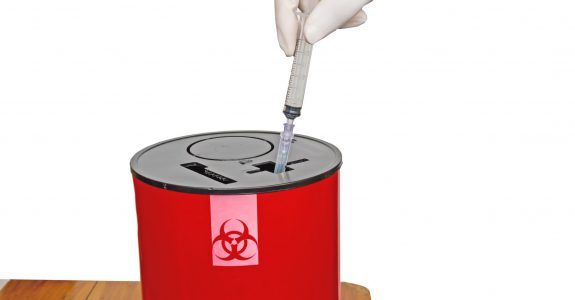Alex Cohen is the Director of Learning and Evaluation for the Richard M. Fairbanks Foundation.
The dangers of smoking are well-known. Smokers are more likely to die from lung cancer, heart disease, lung disease and other deadly illnesses, not to mention the health risks caused by secondhand smoke exposure or the impacts to newborns caused by smoking among pregnant women.
Yet smoking still persists—for example, more than 1 in 5 Hoosiers currently smoke—in large part due to the addictive effects of nicotine. More than two-thirds of smokers want to quit, but nicotine keeps smokers smoking and consuming the other carcinogens and toxicants for the long term.
What if it was possible to simply take the nicotine out of cigarettes?
While this idea has been tossed around for more than 20 years, the Food and Drug Administration has made the first steps toward putting it into action through a recently announced plan to regulate the nicotine content of cigarettes.
The hope is that by requiring that all cigarettes have limited levels of nicotine, the FDA can help deter new smokers—primarily youth—from becoming addicted in the first place. It might also induce current smokers to gradually quit by easing their addiction.
It’s an exciting idea and one that holds significant promise for lowering smoking rates.
A potential concern is that low-nicotine cigarettes might inspire current smokers to just smoke more to get the same levels of nicotine as before—and actually consume more disease-causing toxins. The best study so far on the topic, however, finds that when current smokers were randomly encouraged to use low- vs. high-nicotine cigarettes, smokers in the low-nicotine group actually smoked less, at least at the six-week follow-up.
Of course, this is just one study, and more research is needed to fully understand the impacts of limiting the market to only low-nicotine cigarettes.
One question, for example, is to what extent smokers might choose to consume other nicotine products, rather than low-nicotine cigarettes. For example, smokers might be more likely to start nicotine replacement therapy, an evidence-based smoking cessation aid. Or they might switch to e-cigarettes, which can provide similar levels of nicotine but fewer other toxins (though the health impacts of e-cigarettes are still being debated). Others have pointed to concerns about black markets for high-nicotine cigarettes.
Either way, FDA limits on nicotine in cigarettes are likely several years away. In the meantime, there are other approaches for lowering smoking rates that can be implemented sooner.
This includes interventions like raising the cigarette tax, ensuring state funding for programs that promote smoking prevention and cessation aligns with public health expert recommendations, and raising the age of access to 21 for tobacco products.
These approaches provide more immediate scope for preventing individuals from getting hooked on nicotine and smoking in the first place or helping current smokers break the habit—which can, in turn, mitigate the devastating health and economic impacts of smoking in Indiana.



